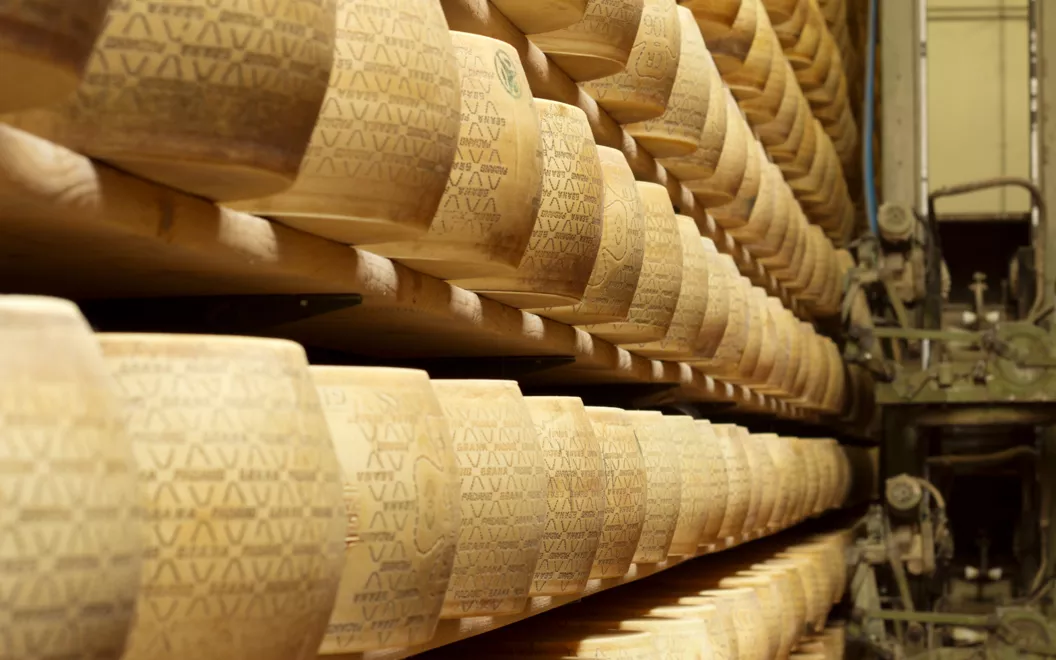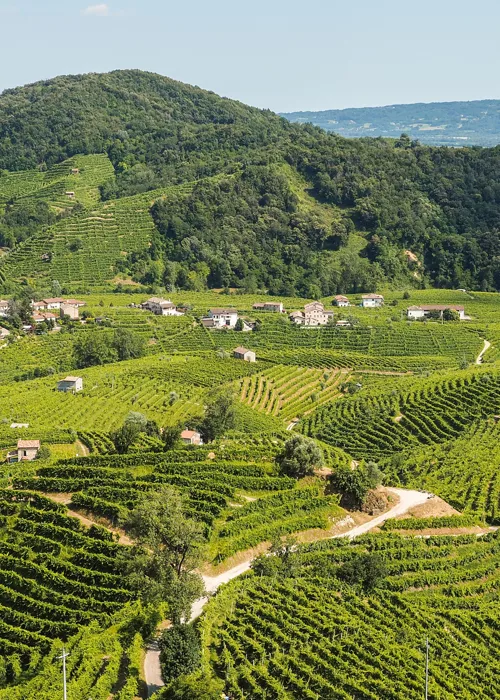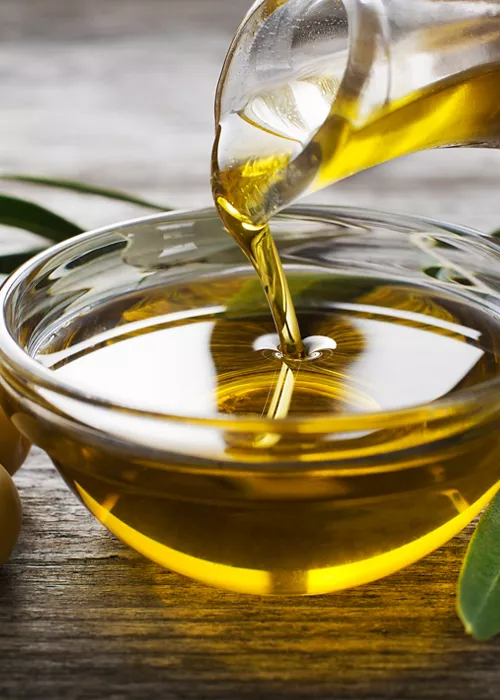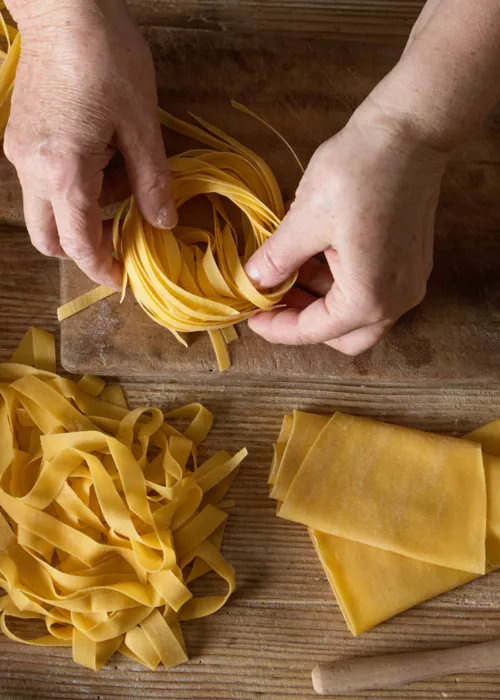Grana Padano
2 minutes
One of the most popular, well-known Italian food products in Italy and abroad is Grana Padano. A cheese with a mild, fragrant taste that, as its name clearly says, is produced in vast areas of the Po Valley, which encompass 27 provinces ranging from Cuneo to Venice, Trento, and Forli. Out of all the Italian PDO cheeses, Grana Padano is the one with the biggest production and it is available in two versions: "maggengo" if it is made with milk from spring and summer, "vernengo" if it is made with milk from autumn and winter.
It is a semi-fat, hard cheese made from cow's milk, taken from cows only milked twice a day. The wheel - which has a golden, oiled, thick rind - weighs between 24 and 40 kg. The selection of Grana Padano calls for beating the wheels with a hammer and a special needle in order to check texture and aroma. Only the wheels that meet the legal standards are branded with the four-leaf clover seal of origin - which shows the province and the dairy - and the diamond-shaped quality mark, which confirms compliance with specific characteristic and a writing that is repeated all over the rind of the cheese.
The cow's milk is heated and once it reaches 31-33°C, whey and calf rennet are added. The curds are then broken, purged and cooked at 53-55°C. When the curd mass has become sour and elastic, it is split into two wheels that go on to the salting process taking place by immersing the wheels in salt-saturated brine for 25 to 30 days. Afterwards, the wheels are left to age for a period ranging from 12 to 14 months and more. The term "grana" originally referred to a cheese characterized by the granular structure of the curd mass produced in the Po Valley since the 11th century. The gradual growing popularity of this cheese led to the creation of different varieties of Grana (Grana Lodigiano, Emiliano, Lombardo, Veneto, etc.). In the 1950s, the designation of origin for the various cheeses was established and the designation of origin "Grana Padano" was sought. Since then, all the varieties of Grana were joined under the term "Padano."
Grana Padano is mostly used grated or flaked. Its flavor is not overpowering on other flavors, which is why it is perfectly suitable for the preparation of meat, vegetable, and omelet fillings, but it is also used in flakes on appetizers or meat-based main courses such as carpaccio and beef tenderloin. Not everyone knows that there is also a Grana Padano made in Trentino. This is a cheese similar to Grana Padano, but the Trentino specification of origin states that it is produced in the province of Trento using milk from cows grazing in the surrounding alpine valleys. It has a more pronounced taste and aroma.
























